|
This page presents a collection of results
obtained with the discriminant saliency model. We briefly review the model and
then show how it performs on texture and object databases.
Discriminant Saliency Model
Discriminant saliency is defined with respect to a recognition problem: the
salient features of a given visual class are the features that most distinguish
it from all other visual classes. As shown in the following figure, the saliency
detection model consists of two steps. The first is the selection of
discriminant features. The second consists of a biologically inspired model for
1) translating the image responses of those features into a saliency map (which
assigns a degree of saliency to each image pixel) and
2) using that map to determine the most salient image locations.

Examples from the Brodatz
texture database
Examples of saliency maps for various textures are shown here. It can be seen from
these examples that discriminant saliency can 1) ignore highly textured backgrounds in favor of more salient foreground objects, and 2) detect as salient a wide variety of shapes,
and contours of
different crispness and scale, or even texture gradients.
Examples from the
Caltech object database
The following are saliency maps and top salient locations detected by discriminant saliency
on various images from the Caltech object database. For comparison, we also
present the salient locations detected by other methods that are popular in the
saliency literature (Multiscale Harris, and Scale Saliency).
| Original Image |
Saliency Maps by Discriminant Saliency |
Salient Locations by Discriminant Saliency |
Salient Locations by Scale Saliency |
Salient Locations by Multiscale Harris |
 |
 |
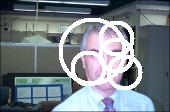 |
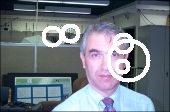 |
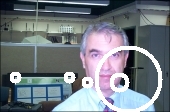 |
 |
 |
 |
 |
 |
 |
 |
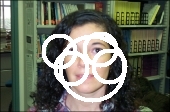 |
 |
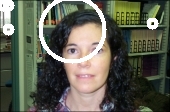 |
 |
 |
 |
 |
 |
 |
 |
 |
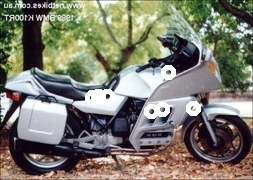 |
 |
 |
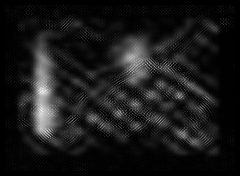 |
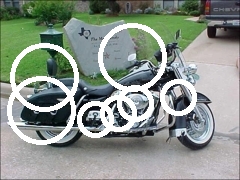 |
 |
 |
 |
 |
 |
 |
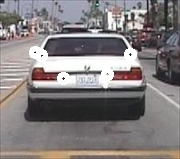 |
 |
 |
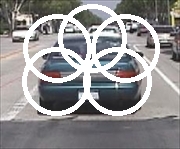 |
 |
 |
 |
 |
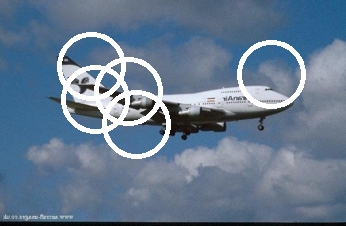 |
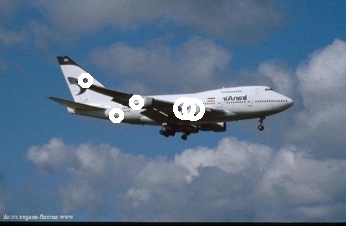 |
 |
 |
 |
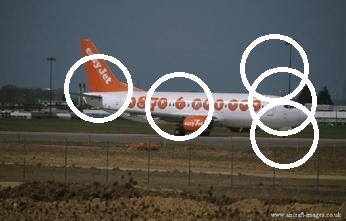 |
 |
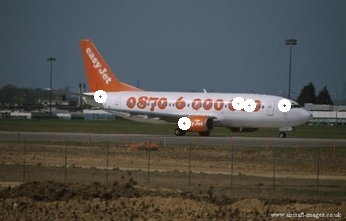 |
Robustness on the
Caltech object database
Here are more saliency detection results on Caltech Database. These are intended
to give an idea of the robustness of discriminant saliency.
Robustness to 3-D Rotation
The following are examples from the
Columbia Object Image Library (COIL), which is
a good dataset for testing
the robustness of salient locations to 3-D rotation. It can be seen that discriminant saliency
declares as salient neighborhoods whose appearance is consistent among different views of an object.
In these examples, the rotation between
adjacent images is of 5 degrees, and the top 10 salient locations are
identified.
|



![]()